A journey through the lost land of Lancashire-beyond-the-Sands
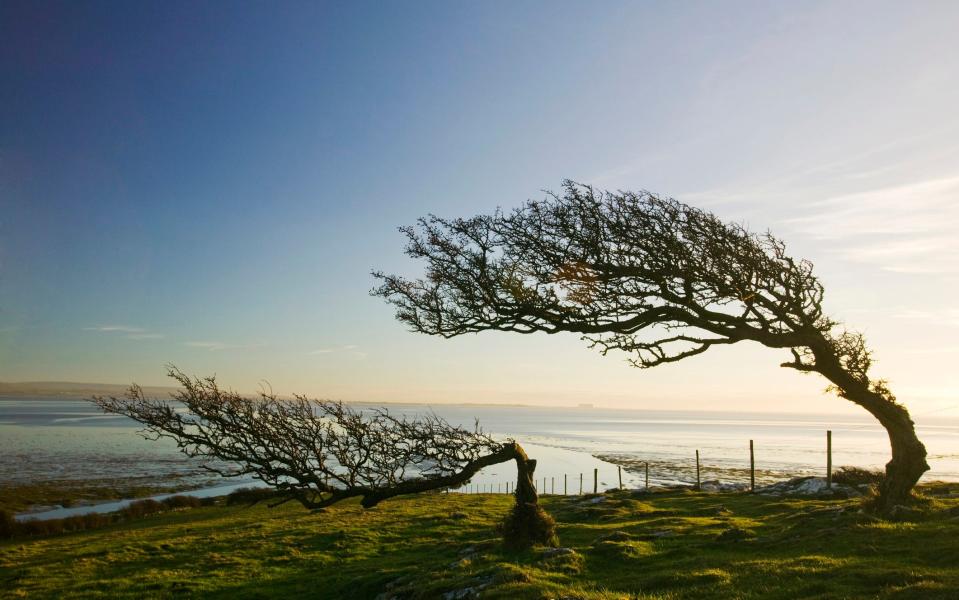
Inspired by an intriguing article that appeared in this newspaper about “humble Barrow-in-Furness” I decided it was time to go and explore the rest of Furness, an outstandingly beautiful but mysteriously little-known part of northwest England.
It consists of Low Furness, the peninsula on which Barrow lies, and High Furness, an area of lakes and high fells to the north. Along with the Cartmel Peninsula to the east, Furness was, before 1974, a part of Lancashire known as Lancashire-beyond-the-Sands, separated from the rest of the county by the sands of Morecambe Bay. It is a region which has much to offer the discerning traveller, including ancient stone towns, picturesque villages, fine Victorian country houses, miles of stunning coastline, stupendous views, and one of the world’s best gardens.
The drive south from the Lake District through High Furness passes by Coniston Water, inspiration for Arthur Ransome’s Swallows and Amazons and possessed of the longest clear straight stretch of deep water of any English lake, hence the ideal place to stage world water speed record attempts. Sir Malcolm Campbell set a world water speed record on Coniston Water in his Bluebird K4 in August 1939; his son Donald later set four world water speed records on the lake in his Bluebird K7 before being tragically killed during a 5th attempt in 1967. Their story is told in the Bluebird Wing of the Ruskin Museum in Coniston village.
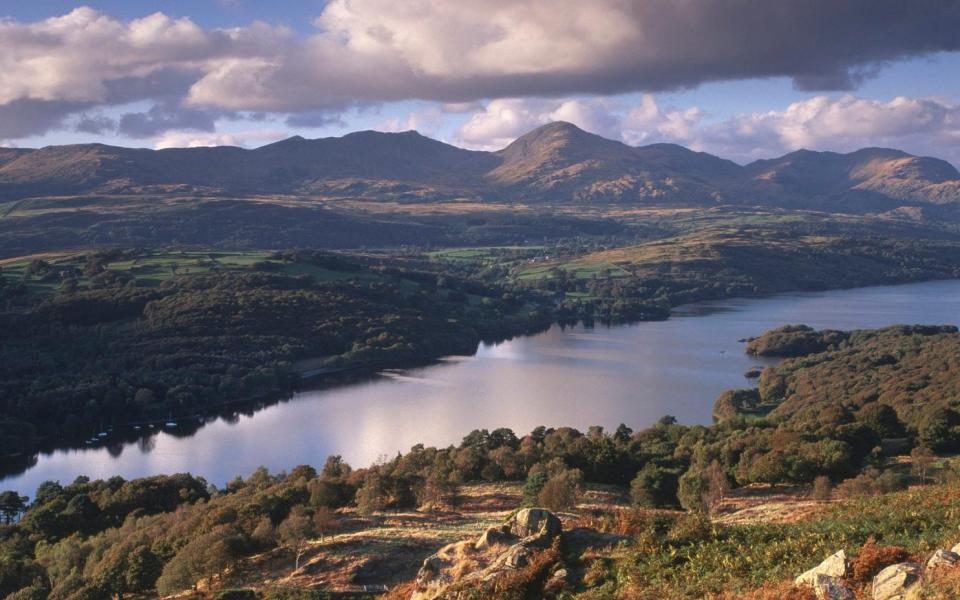
The Ruskin Museum itself was opened in 1901 in memory of the Victorian social reformer and critic John Ruskin who lived nearby in Brantwood House, overlooking Coniston Water, until his death in 1900. The house and gardens have been restored to how they were in Ruskin’s time and are open to the public.
During the summer months the National Trust runs cruises on Coniston Water aboard Britain’s oldest working steam yacht, Gondola, built in 1859 and restored in the 1960s.
West of Coniston and standing somewhat aloof from the other lakeland fells, the Old Man of Coniston, at 2,634 ft (803m) the highest point in Furness, commands some of the best views of the Lake District from its summit and offers a number of less demanding routes to the top making it popular with walkers.
East of Coniston are the picturesque villages of Hawkshead, where Wordsworth went to school, Rusland, where Arthur Ransome is buried, and Near Sawrey where Beatrix Potter lived in Hill Top Farm, now run by the National Trust.
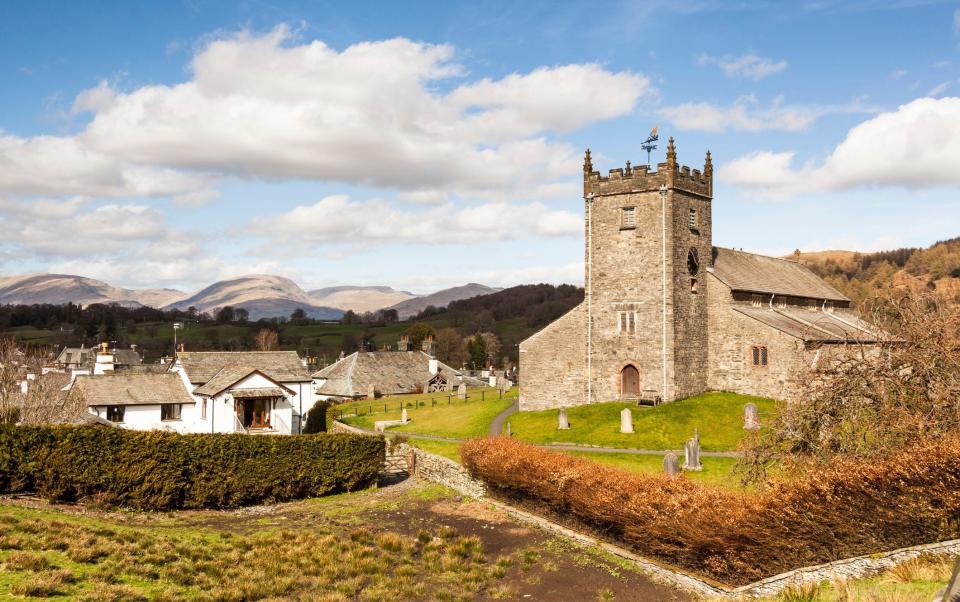
Ulverston, the only town in Furness that doesn’t actually specify as “in Furness”, is an ancient market town of sloping cobbled streets that sits at the top of the peninsula and is set between green hills and the sea. This was the birthplace of one of the world’s best loved comic actors, Stan Laurel, the smaller half of Laurel and Hardy. He was born Arthur Stanley Jefferson in his grandparent’s tiny terraced house in Argyll Street on June 16 1890. A short walk away, the Laurel and Hardy Museum displays the largest collection of Laurel and Hardy memorabilia in the world.
On the eastern edge of town is the abandoned Ulverston Canal, built by John Rennie in 1796 to link Ulverston to the sea. One mile long, dead straight, 65 feet (20m) wide and 15 feet (4.6m) deep, it is the shortest, widest and deepest canal in Britain. A pleasant walk along the tow path brings you to a dilapidated set of lock gates where the canal used to decant into the sea. Known as Canal Foot it is a delightful spot with an inn and a large area of lawn festooned with picnic tables, commanding fine views across the River Leven to the Cartmel Peninsula.
Ulverston also claims to be the birthplace of competitive pole vaulting, said to be adapted from the practice by local farmers of leaping across gates and other obstacles using their shepherd’s crooks.
Overlooking Ulverston from nearby Hoad Hill is the Hoad Monument, opened in 1850 as a tribute to Ulverston-born Admiralty Secretary Sir John Barrow, a founder of the Royal Geographical Society. On Sundays and Bank Holidays visitors can climb to the top of the monument for panoramic views across Morecambe Bay as far south as Snowdonia.
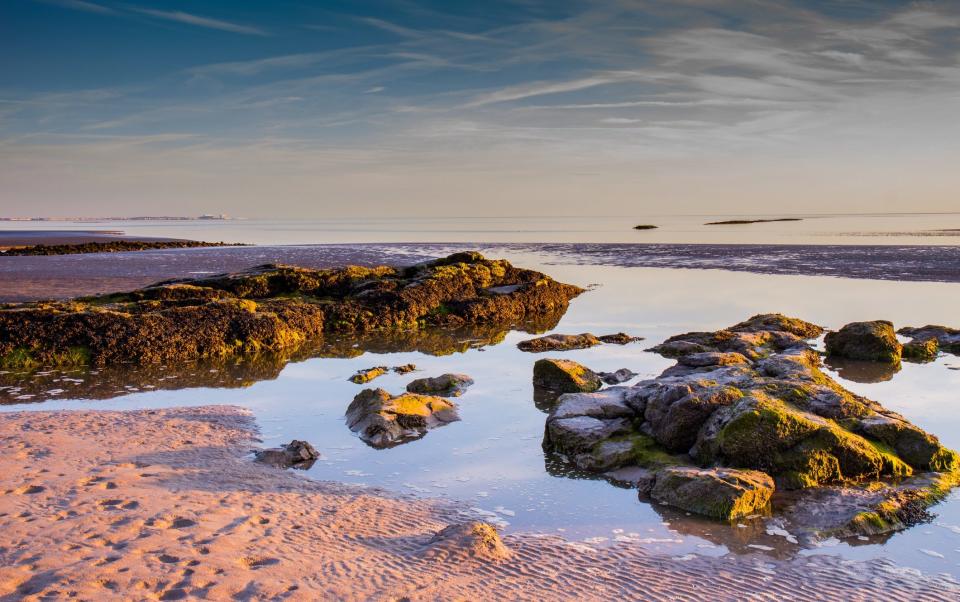
Conishead Priory, just south of Ulverston, is a spectacular early 19th-century Gothic Revival country house in beautiful woodland beside Morecambe Bay. It was built on the site of a 12th-century Augustinian priory and is now run as a Buddhist retreat. House, temple and grounds are open to the public.
East across the River Leven on the Cartmel peninsula is Holker Hall, home of the Cavendish family, an early Jacobean mansion largely rebuilt in the 19th century to create what Pevsner called “the grandest building of its date in Lancashire”. There is a deer park, 24 acres of gardens described in the Good Gardens Guide as “amongst the best in the world”, and one of Britain’s 50 Great Trees, the Holker Great Lime.
Just up the road the pretty grey-stone village of Cartmel clusters around its magnificent Norman priory church, all that survives, along with the 14th-century gatehouse, of the priory founded here in 1189 by William Marshall, 1st Earl of Pembroke. The church’s most distinguishing feature is the tower which sits at a 45-degree angle to its base, making it the only diagonal church tower in England.
For a small village Cartmel is remarkably big in the foodie firmament. The Cartmel Sticky Toffee Pudding Company, based in the Cartmel Village Shop, has perfected its own version of the nation’s favourite pudding and now sells its across the country, while chef Simon Rogan’s L’Enclume restaurant appeared in 2010 in the BBC’s comedy restaurant tour The Trip with Steve Coogan and Rob Brydon and, in 2022, became the first UK restaurant outside London and Berkshire to be awarded three Michelin stars.
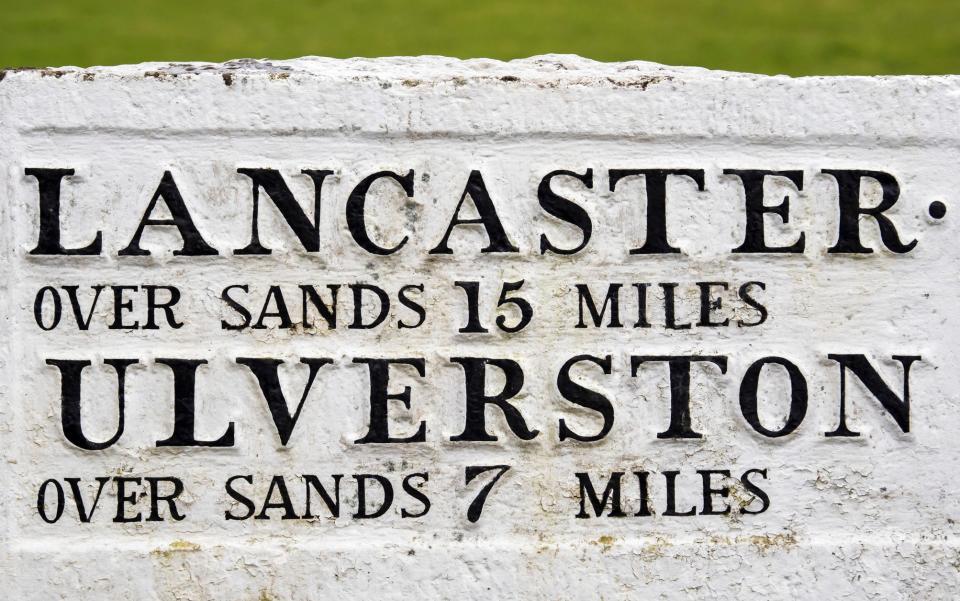
Due south of Cartmel is Humphrey Head, one of the few cliffs on the coast of Morecambe Bay and said to be where, in 1390, John Harrington, from nearby Wraysholme Tower, cornered and killed the last wolf in England. Nearly 200 feet high Humphrey Head commands stupendous views across Britain’s largest expanse of mudflats and sand.
The intrepid traveller in search of adventure might find it exhilarating to end their visit to Furness by walking to Lancashire across those perilous shifting sands from Kents Bank, just south of Grange-over-Sands. Before the railway came this was one of the main routes between Lancaster and Carlisle, avoiding the impassable lakeland fells, originally with monks from Conishead Priory serving as guides. After the Dissolution of the Monasteries guides were appointed by the Crown instead and today the official King’s Guide to the Sands lives in 700-year-old Guide’s Cottage at Kents Bank, ready to escort those eager to attempt “the most dangerous highway in Britain”.
Where to stay
L’Enclume, Cartmel: the restaurant owns a number of simple cottages scattered throughout the village. Doubles from £129 (lenclume.co.uk).
Grange Hotel, Grange-over-Sands: a genteel Victorian hotel on a hill above the town overlooking Morecambe Bay. Friendly and pleasantly old world. From £76pppn (grange-hotel.co.uk).

 Yahoo Sports
Yahoo Sports 